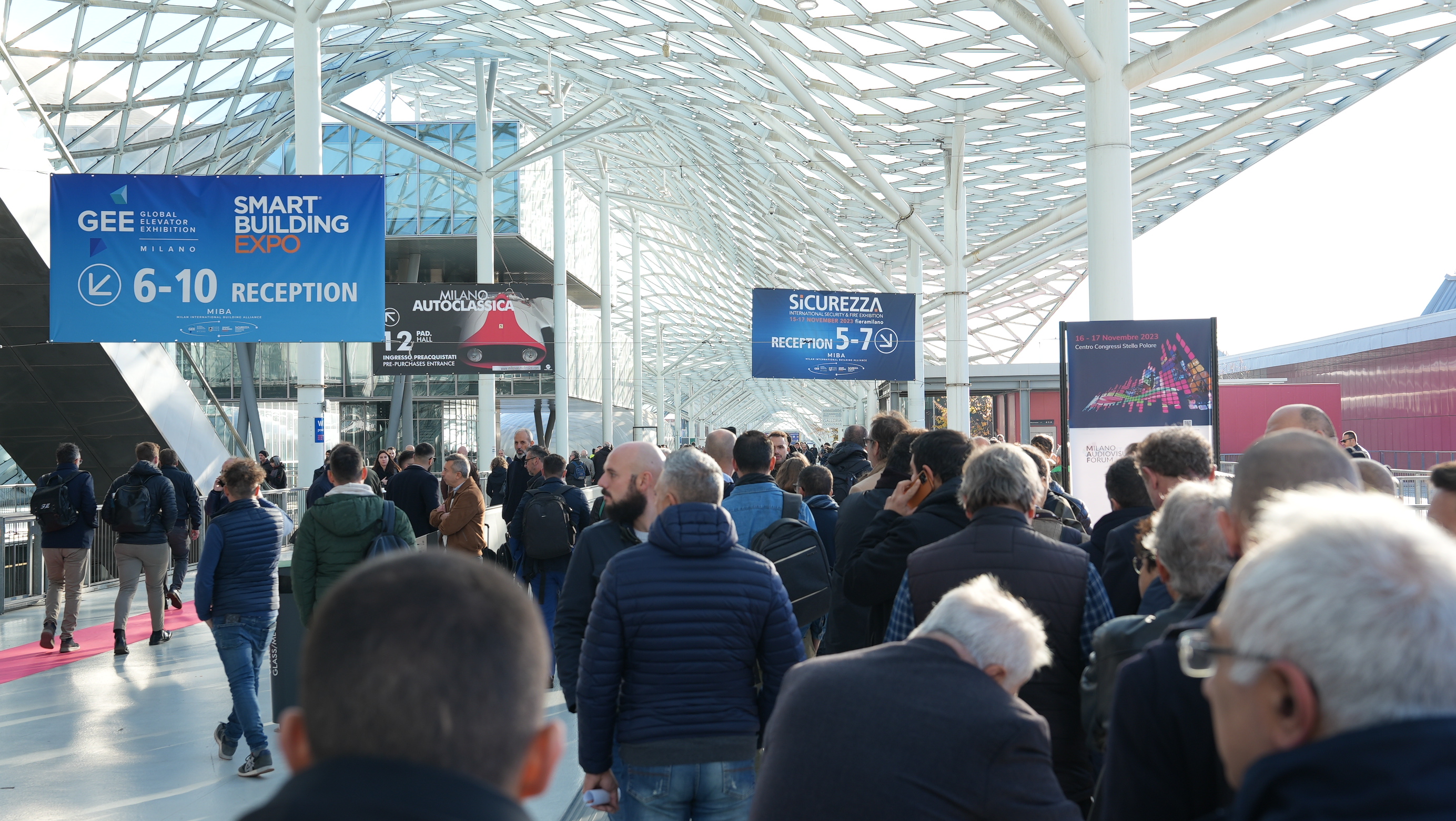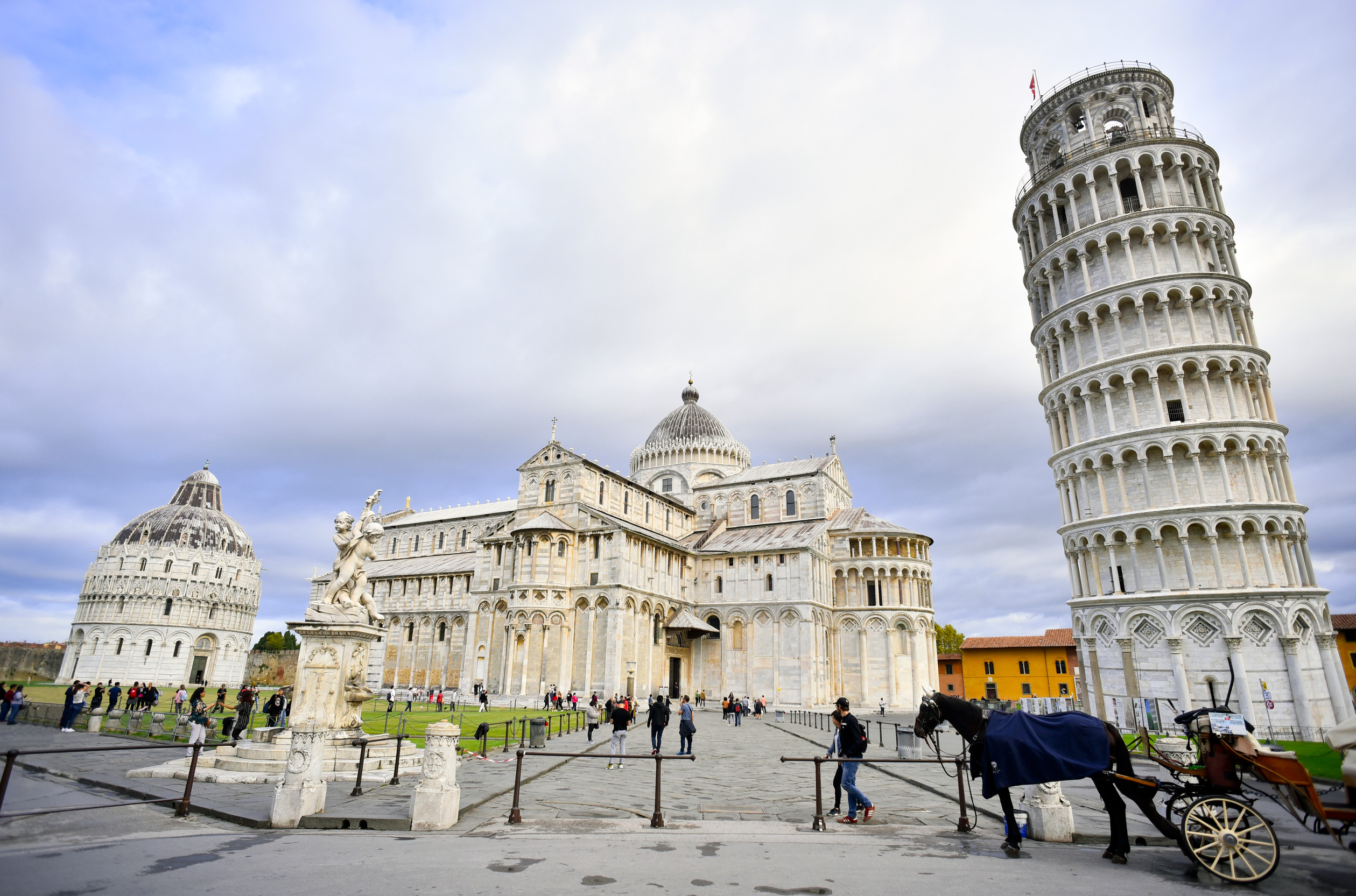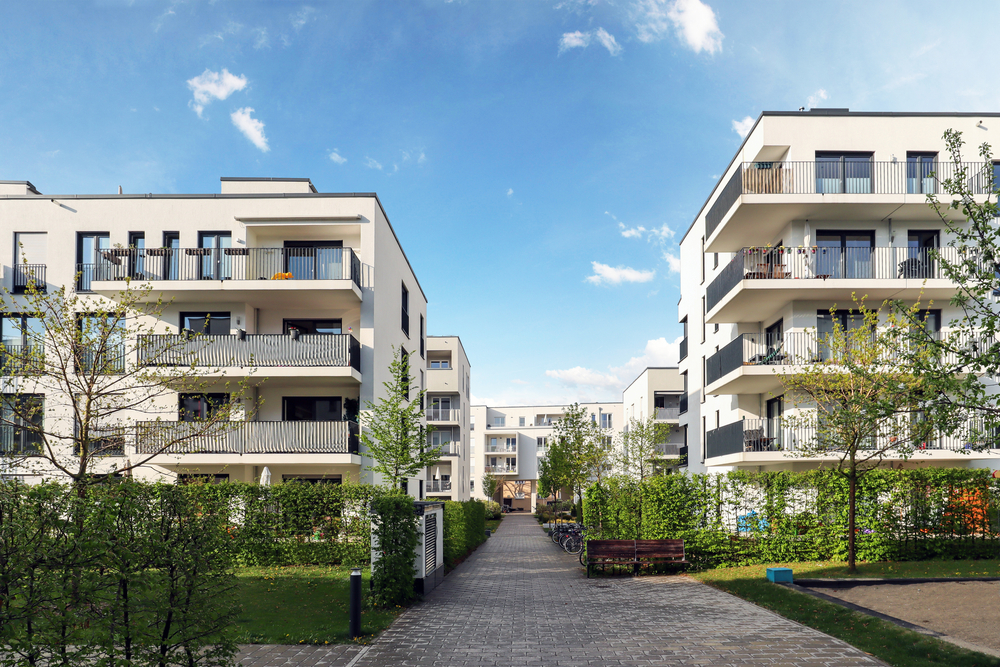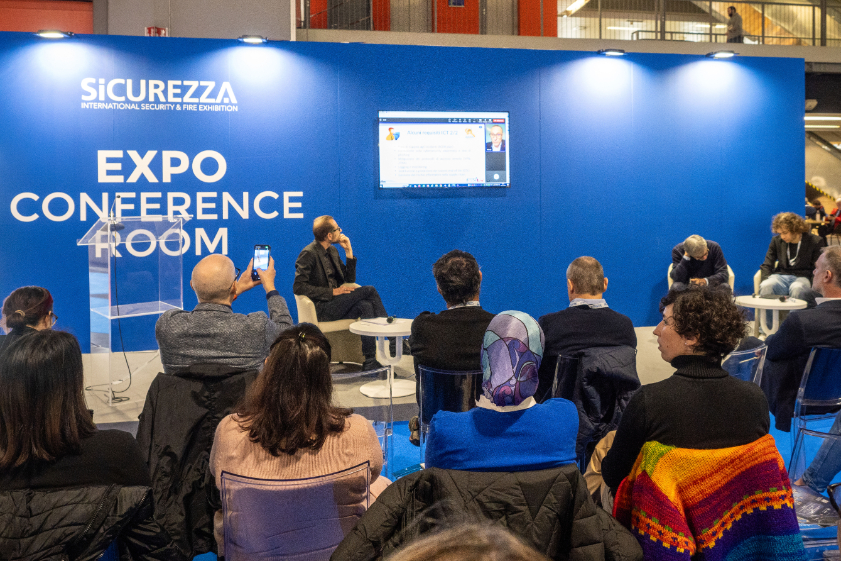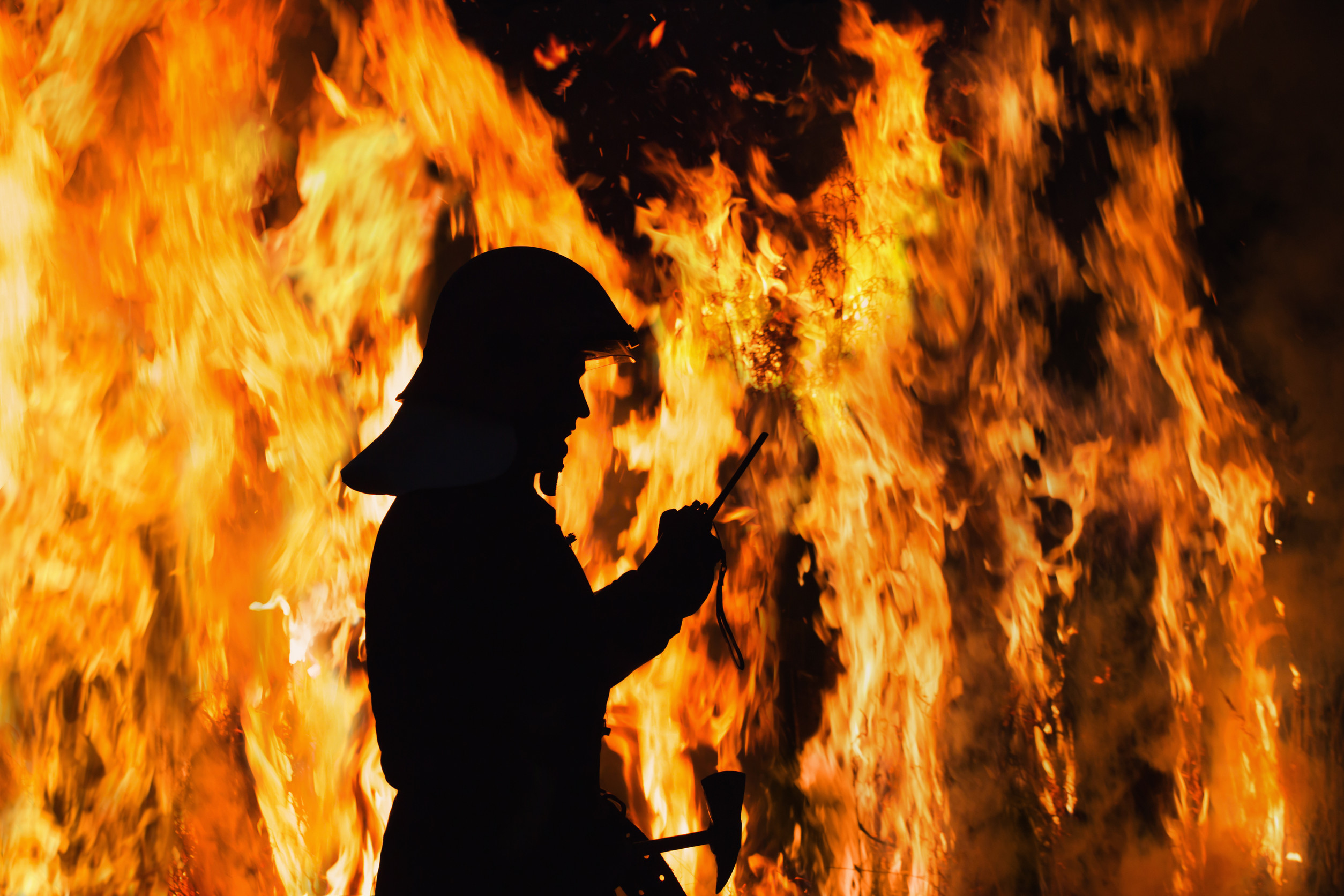The Hofburg Diocesan Museum in the former bishop's palace in Brixen, now a prestigious museum, receives an average of 40,000 visitors per year and is home to an outstanding collection of works of art from the Middle Ages to the 20th century and the Brixen Cathedral Treasury in more than 70 attractive exhibition rooms. The Nativity Museum, together with a wide range of temporary exhibitions and events held in the Palace and in the courtyard in front of it, further enhance the artistic and cultural offer of the place.
In recent years, the Diocesan Museum has carried out a series of renovations and adaptations to comply with national regulations, starting with the removal of architectural barriers and ending with the installation of fire and intrusion protection systems, to ensure the safety of people and artworks. The challenge for the installation company was to upgrade the existing video surveillance system - which consisted of analogue cameras, was outdated and could no longer be maintained - by installing new cameras that could be integrated into sometimes very small spaces with good aesthetics, with as little intervention as possible in the layout of the system in place and ensuring images with excellent performance despite the poor lighting conditions in some places, typical of period environments.
In order to offer a solution tailored to the museum's logistical and aesthetic requirements, the system integrator who designed and installed the system chose Panasonic technology, with the new IP cameras mounted exactly in place of the previous analogue ones: 75 Panasonic U-Series WV-U2142L cameras for the respective 75 rooms of the museum; 9 Panasonic S-Series WV-S1531LTN cameras with specific telephoto lenses (9-22mm optical) capable of monitoring long and narrow spaces with great precision for corridor surveillance and a Panasonic S-Series WV-S1531LN camera for the surveillance of the cashier/ticket desk. The new cameras equipped with IR LEDs made it possible to meet the Museum Management's request for high-quality, colourful and sharp images, even in the dark.
Compared to the previous configuration, two new Panasonic S-Series VWV-S1552L cameras were also installed on the front façade to monitor the main entrance and the large outdoor courtyard from above. A Panasonic WJ-NX400/30TB Network Video Recorder and Panasonic WV-ASM300W Visualisation Software round out the system.
The new cameras equipped with IR LEDs made it possible to meet the request of the Museum's management: the images collected by the 86 cameras - all of high quality, in colour and with high sharpness, even in the dark - are displayed on two large screens located in the ticket office, both of which are designed for viewing 12 still images. This gives the Museum staff continuous vision and control over a significant number of rooms that would otherwise be impossible to monitor.
The installation began in January 2021 and was completed in less than four months, with everything running smoothly and without complications.



